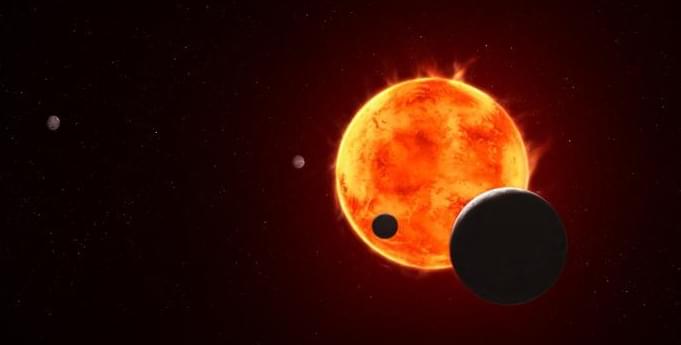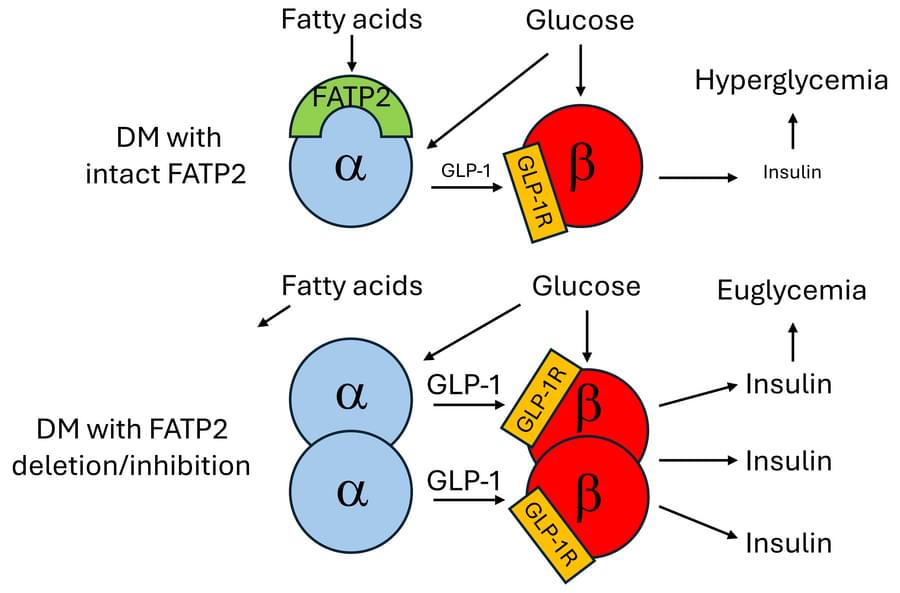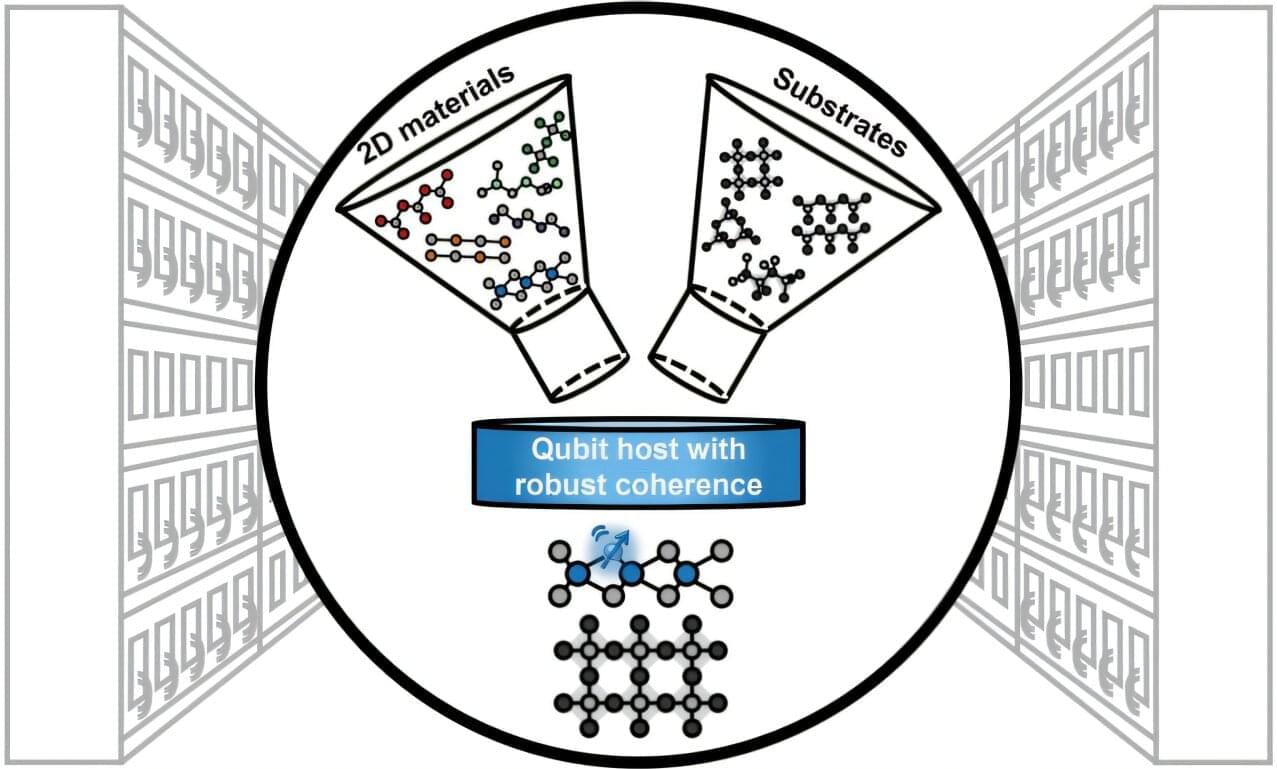In a significant advance for astronomy, researchers from the Breakthrough Listen initiative, working in collaboration with NVIDIA and utilizing their system on the SETI Institute’s Allen Telescope Array (ATA) in California, have improved the process for detecting Fast Radio Bursts (FRBs). Their newly developed artificial intelligence system outperforms existing methods, operating hundreds of times faster than current pipelines while maintaining accuracy.
Detailed in the peer-reviewed journal Astronomy & Astrophysics, the new system operates on NVIDIA’s Holoscan platform, designed to process massive streaming datasets in real-time. Traditionally, FRB detection requires “dedispersion” — searching through thousands of possible signal parameters to correct for frequency-dependent time delays. The new end-to-end AI architecture eliminates that bottleneck, analyzing signals in real time and transforming how astronomers search for transient and potentially artificial signals from space.
The performance gains are notable. At the ATA, the state-of-the-art pipeline currently takes approximately 59 seconds to process 16.3 seconds of observational data — nearly four times slower than real-time. The new AI-driven system performs the same task 600 times faster, operating over 160 times faster than real-time.







